2025 Blues Music Awards
We’re fired up to celebrate our incredible artist partners who are nominated for the 2025 Blues Music Awards! 🎶🏆Blues music may be timeless, but...
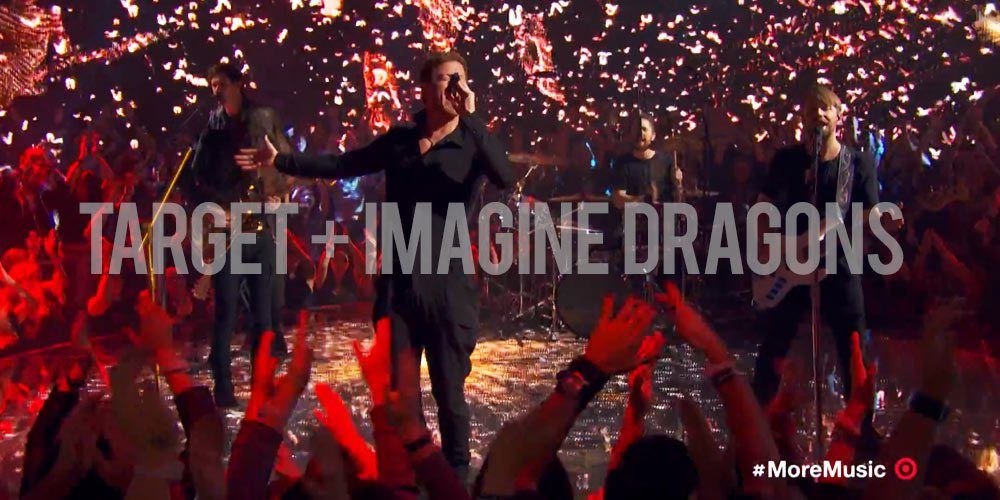
If you caught the Grammys last night, you couldn’t have missed Target’s Imagine Dragons concert spot. The big-box retailer ponied up what is estimated by Billboard to be about $8 million to buy an entire, four-minute commercial break during Sunday night’s Grammy Awards to plug their deal to release Imagine Dragons’ upcoming album. It was a brilliant play for a brand looking to drive Millennial traffic. But the concert spot was more than just four minutes of music. It was a deft marketing move that actually broke new ground -- something all brands tapping Millennials need to think about. According to A Bullseye View, this is the first time a live commercial has aired on the Grammys.
Brands with a future have to reach Millennials; they are a huge consumer force, poised to surpass Boomers as the nation’s largest living generation. Target didn’t just put together a slapdash, noisy promotion; there was a strategic intelligence informing the campaign that followed my five keys to winning over Millennials: Connection Over Selling, Native Experience and Content, Multi-Channel (stage, screen, social media), Authenticity and Buzz. Let’s see how Target did.
Target made a connection. Millennials want to connect with products and brands, not simply be consumers who are sold something. By using Imagine Dragons as a path to the hearts and minds of their market, Target took advantage of an existing connection. The fans love the band, the band is connected to Target, now the fans are also connected to Target.
You’re sitting there rocking along to the Grammys and your mind is in the music groove. Suddenly, the show cuts to what looks like a live concert. And it goes on for four minutes, all the while displaying the Target logo. You stay locked in because it is a native experience in that you’re already in the music mode. Bam! Instant relevance of experience and content. Millennials can sense when something is contrived, but there was a natural fit between the band and the brand, and this authenticity simply strengthens both.
Target seeded the crowd with Fire Breathers (the band’s biggest fans) who were on the ground at the concert location tweeting about the event. So, Target got a big bang for their buck by not only reaching consumers at the concert event and watching on TV, but through valuable social media avenues before, during and after the event.
For decades, brands have hired paid spokespeople to pitch products or have purchased music from record labels (often with no approval from the artists) to use in commercials. Millennials are too sophisticated for this facade; having grown up in the social media age, they are hyper-attuned (and sensitive) to inauthenticity. Marketing to Millennials requires a genuine alignment between artist and brand. The two have to be natural partners. The lifestyle of the artist makes sense in the context of the brand. And, in all likelihood, this partnership (and the value exchange generated as a result) was forged without a single penny changing hands between the brand and the artist. (Think Chrysler’s recent partnering with Eminem for a spot during the American Music Awards.) Once a natural partnership is established, the artist becomes a natural ambassador.
In scouring social media this morning, it is apparent Target made a splash. Most comments are viewers trying to understand the strategy instead of critiquing it. As the day wears on, Twitter users are shifting from no definite opinion to a positive opinion, and many are asking Target for more content. That’s a buzz. Buzzes in marketing are gold.
The verdict is out on whether Target’s play was a quantifiable home run. Early returns, however, look promising; Target authentically connected with it’s target audience via a native, multi-channel experience. I give Target major kudos for cohesively incorporating all five of my key elements in connecting with Millennials. While Target is equipped to experiment and push the marketing envelope in ways other brands simply cannot, a high-profile promotion like this one will help pave the way for progressive brands who will surely follow.
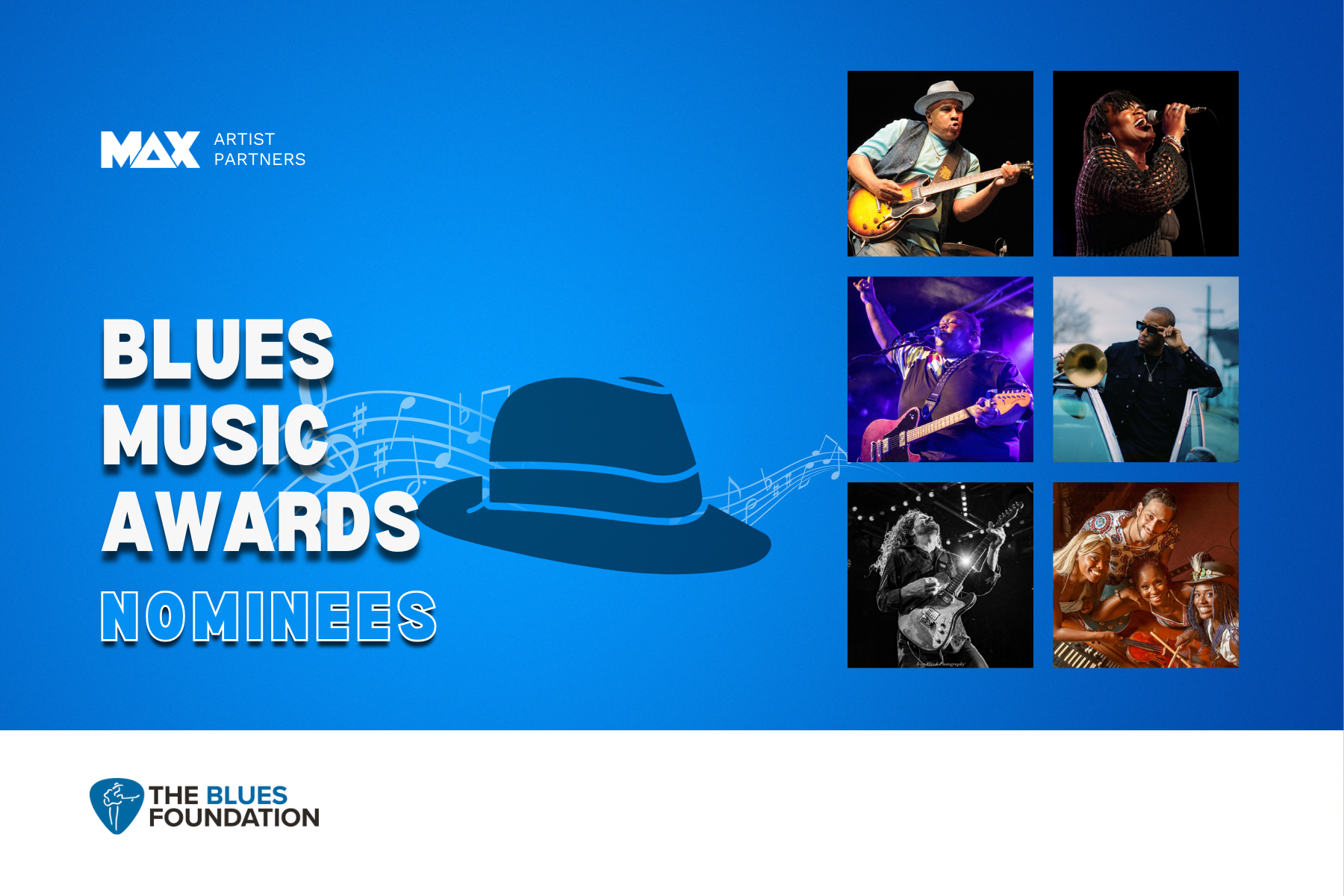
We’re fired up to celebrate our incredible artist partners who are nominated for the 2025 Blues Music Awards! 🎶🏆Blues music may be timeless, but...
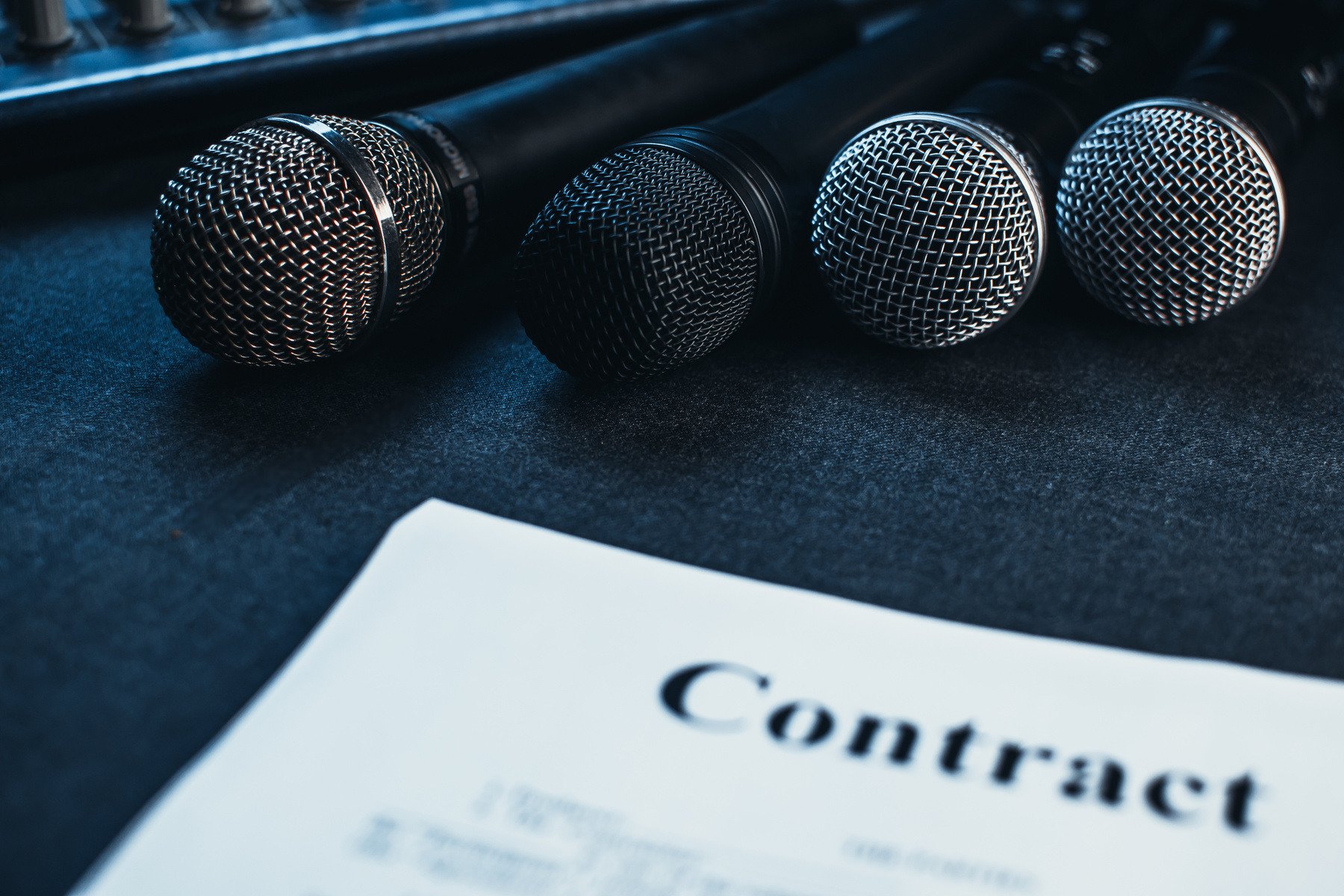
It’s a common question: what drives the cost of an artist partnership up (or down)? I mean, an artist’s fee can range from four to seven figures…and...
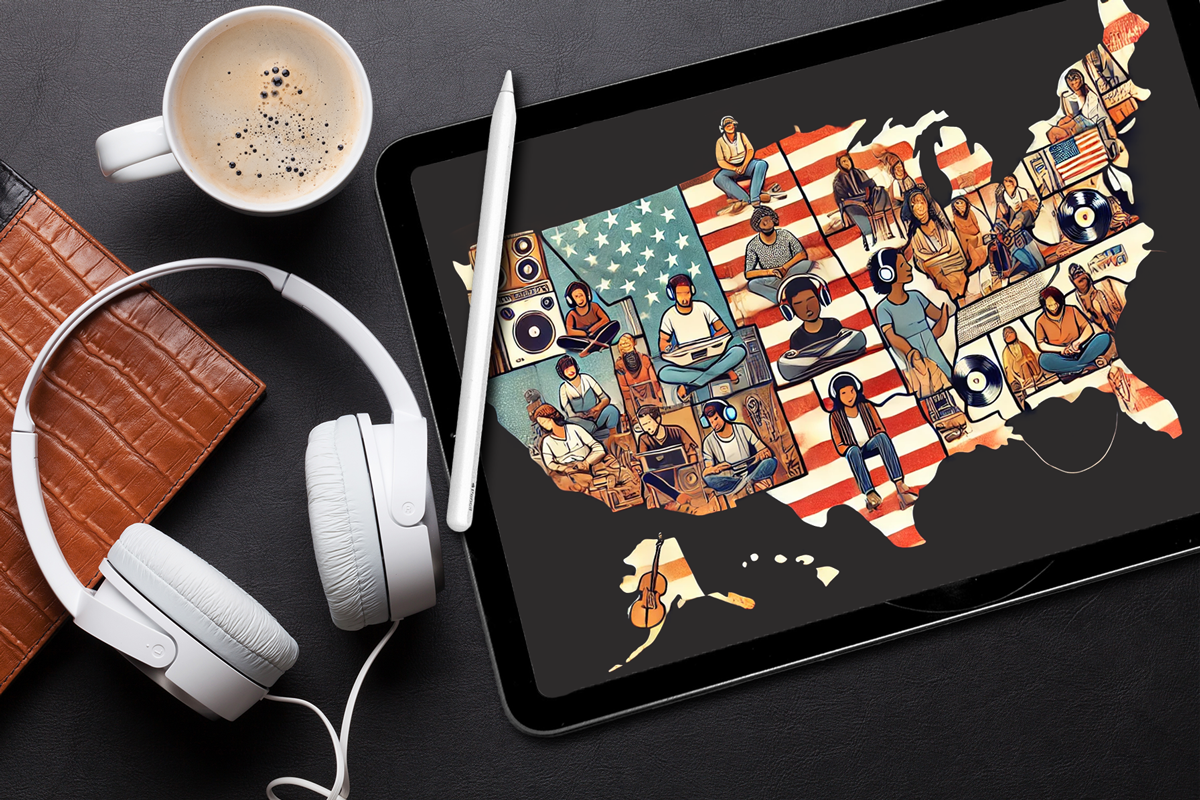
Let’s talk about something every brand needs to prioritize in 2025—relevance. You can have the best product, the most brilliant creative, or even a...
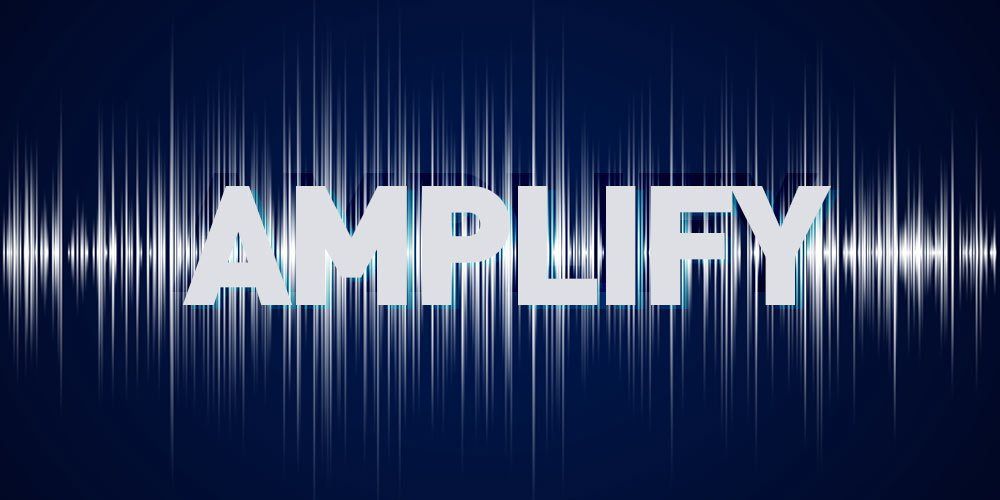
With millennials poised to overtake Boomers as the nation’s largest living generation, the discussion around how to market to this demographic has...
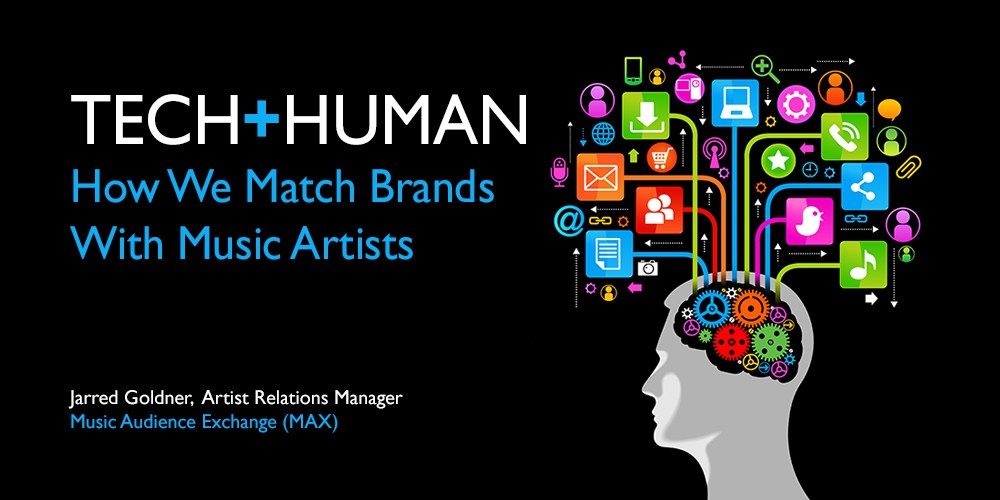
As Artist Relations Manager at Music Audience Exchange (MAX), my job involves the process of selecting artists for brand/artist partnerships – which...
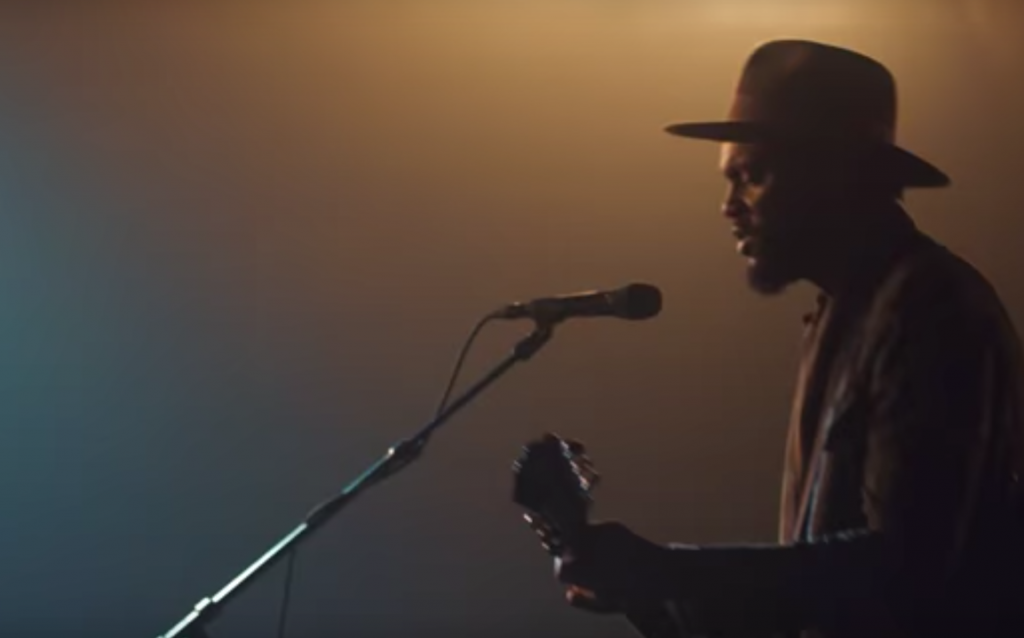
Adele, Beyoncé and Chance the Rapper may have received the most official recognition during the 59th Annual Grammy Awards, but that was expected....